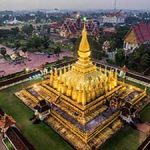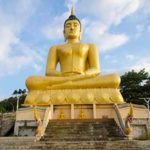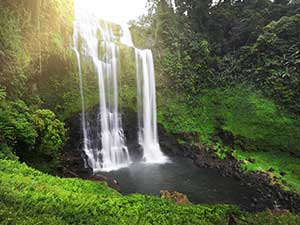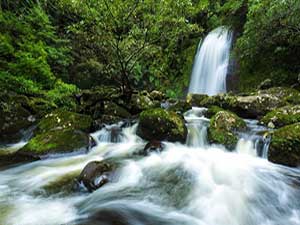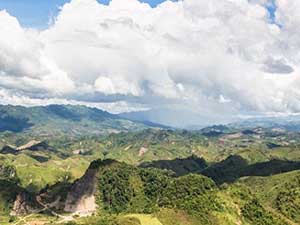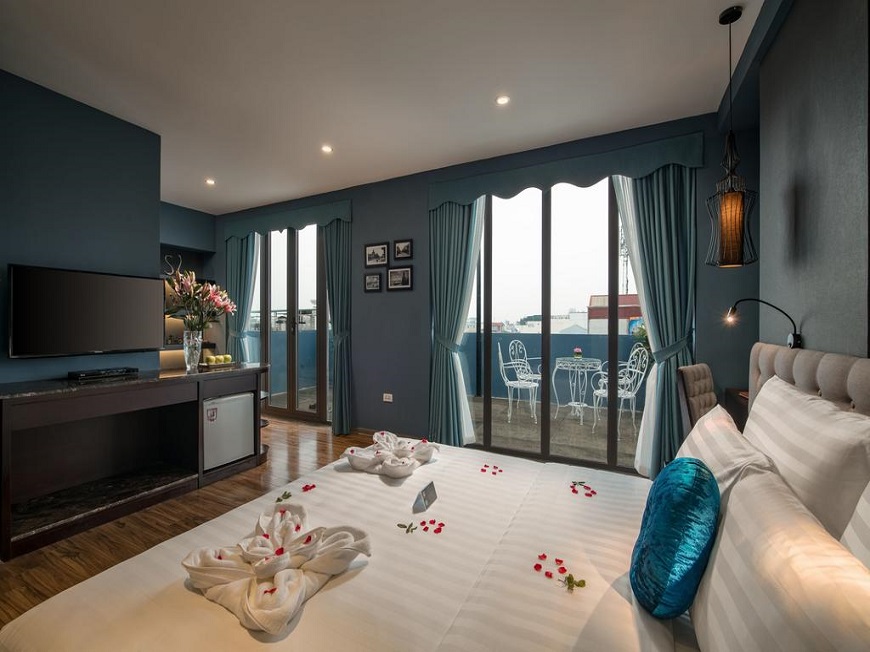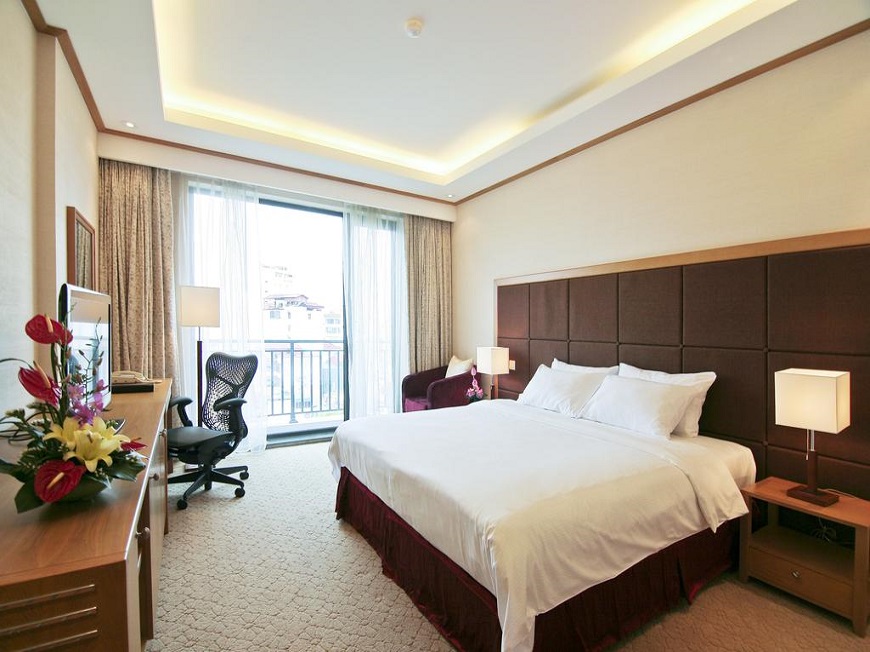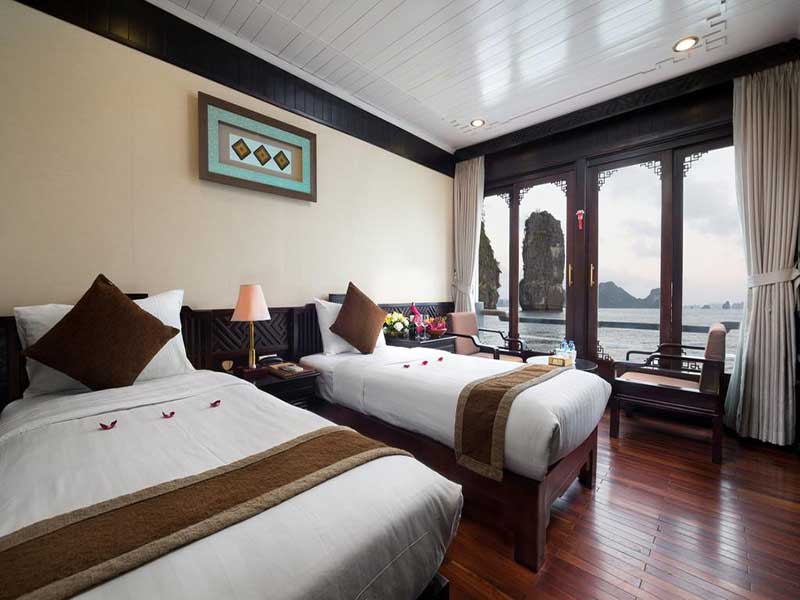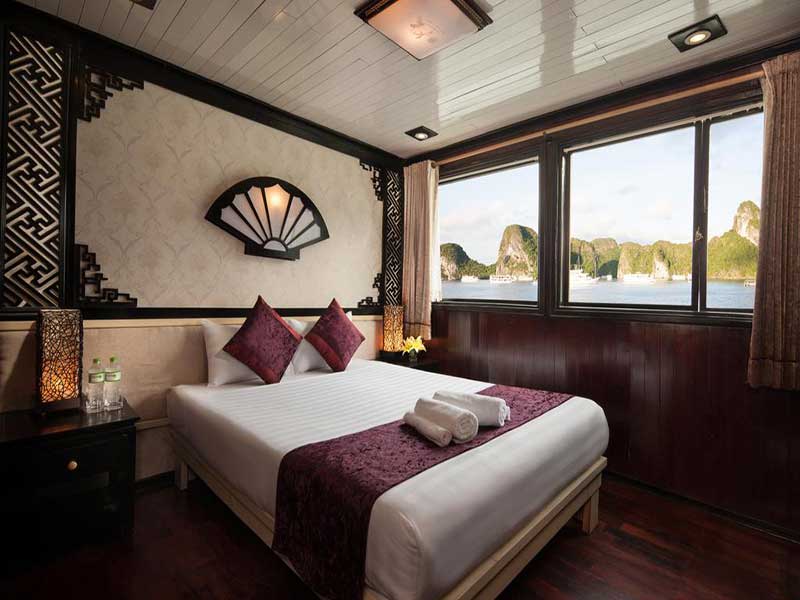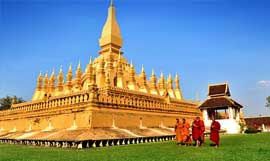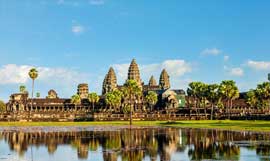Wat Phu (or Wat Phou), also known as the Pagoda Mountain is a Khmer temple complex – a World Natural Heritage site located in southern Laos. Coming to the beautiful country – Laos, we are not only able to enjoy dances, watch the brilliant flowers but also to visit the famous world heritage site – Wat Phou temple.
About Wat Phou
Wat Phou is located at the foot of Phou Kao Mountain, Champasak Province and about 6 km from the Mekong River, 60km from Pakse city, 670 km south of Vientiane.
Surrounding this relic is about 4000 large islands on the Mekong River called Siphandone. This complex has many ancient civilizations with sandstone monuments, temples and Theravada Buddhist temples. Image of the Mekong River flowing through this area is considered as a potential beach with nine mountains surrounding.
Wat Phou has a temple built in the 5th century and the remaining structures dating from the 11th to the 13th century. The temple has a unique structure leading to another shrine, where a linga from the stream flows down the mountain. This is also the site of the ancient worship center still exists today.
According to archaeologists and historians, the temple is the oldest and the most ancient temple in Laos, which is also the center of Hinduism, worshiping the god Shiva. In the 13th century, Wat Phou became a shrine Buddhism, existing to present and bearing historical and cultural values of Laos.
Buddha Vihara temple in the relic complex was established in the 5th and 7th centuries. Crethapura city, the first capital of the kingdom of Chenla is also located here. Archaeologists have argued that the pathway connecting Wat Phou to ancient Angkor, about 100 km away.
Originally, this temple was a mountain temple, when Buddhism became the national religion of this country, Wat Phou was restored, became a Buddha temple.

(Source: the internet)
Beginning in the 21st century, the mountain with the sacred stream behind the temple became the center of worship and meditation for the monks. Annual rituals are held and celebrated at the foot of the mountain.
Today, Wat Phou is also the Buddhist festival of the whole of southern Laos, also the largest Buddhist festival in Laos. The people of Laos are very crowded here. The festival also has other events, activities such as boat festival, elephant racing, musical performances, …

(Source: the internet)
Unique architecture of Wat Phou
At the entrance to Wat Phou, there is a museum displaying more than 100 stone statues, reliefs with carved and beautifully decorated ornate carvings. These ancient artifacts date from the 5th to the 11th century. The main gate and the front of the temple, though ruined, are still clearly visible images of Hindu gods.
Through the entrance, visitors follow the wide road of the straight line of stone pillar Linga, which is also the symbol of Shiva. The road is lined with flat rocks. At the end of the road there are two main temples, facing east and symmetrically located on a high mound. Both temples are currently being restored. The buildings here are of stone.

(Source: the internet)
The temple was built in the middle of the mountain. The entrance to the temple is also the level of paved stone, the two sides have rounded stone columns. The temple is designed as an architectural block from the large rocks, carved patterns are quite sophisticated. Behind the temple are the cliffs, the ancient craftsmen carved the statue of great diversity.
Looking at the architecture of the entire temple, visitors will visualize the transport as well as the other touches on the massive stone work and how the wonders of the pattern, the Buddha statue, … then meet to form a very harmonious whole is located firmly on the mountain.
Explore more attractions: Golden Buddha (Phu Salao); Li Phi falls; Si Phan Don (4000 Islands); Wat Luang; Champasak Historical Heritage museum; Bolaven Plateau; Things to do in Pakse

